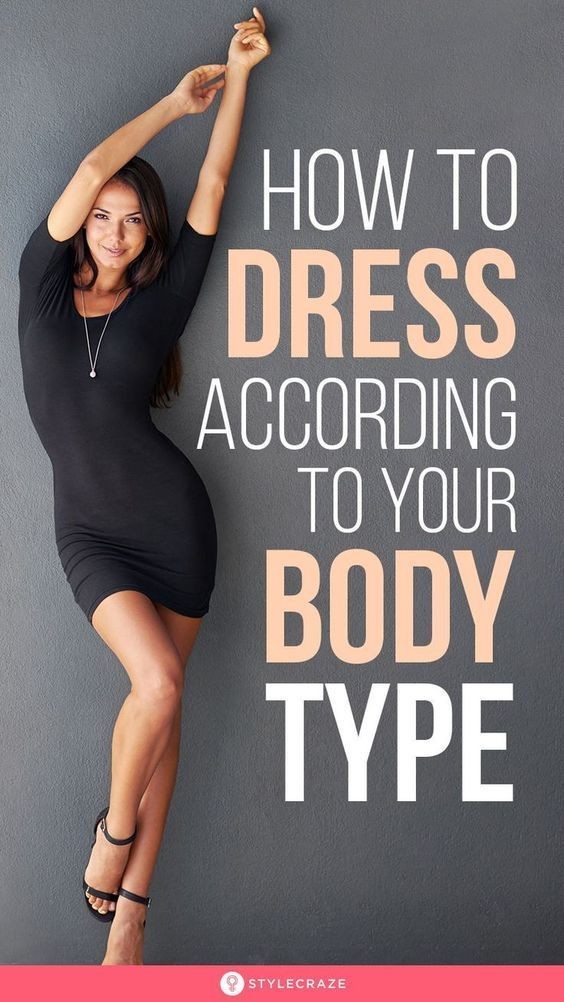How to Dress for Your Body Type: A Complete Guide
Finding the perfect outfit can be a game-changer, but knowing how to dress for your body type is the secret sauce that elevates your style from good to jaw-dropping. Whether you're curvy, petite, tall, or somewhere in between, this guide is here to help you embrace your body and dress in a way that highlights your best features.
1. Identifying Your Body Shape
Before diving into specific styling tips, it’s important to know your body type. Here are the most common body shapes:
Hourglass: Your bust and hips are approximately the same size, and your waist is well-defined.
Pear (Triangle): Your hips are wider than your bust, and you have a well-defined waist.
Apple (Inverted Triangle): Your shoulders and bust are broader than your hips, with less definition at the waist.
Rectangle (Athletic): Your bust, waist, and hips are fairly uniform in size, with a straighter build.
Oval (Round): Your waist is larger than your bust and hips, often with a fuller midsection.
2. Dressing for the Hourglass Shape
If you have an hourglass figure, your goal is to emphasize your natural curves while maintaining balance.
Tops: Opt for fitted tops, V-necks, and wrap-style blouses that accentuate your waist. Avoid overly loose or boxy styles, as they can hide your shape.
Bottoms: High-waisted jeans, pencil skirts, and fitted trousers work wonders. Look for pieces that highlight your waistline.
Dresses: Wrap dresses and belted styles are your best friends. Anything that cinches at the waist will enhance your natural curves.
3. Dressing for the Pear Shape
For a pear-shaped body, the focus should be on balancing your lower half with your upper body.
Tops: Choose tops with patterns, bright colors, and embellishments to draw attention upwards. Off-the-shoulder, boat neck, and wide V-neck tops can help broaden your shoulders.
Bottoms: A-line skirts, bootcut jeans, and wide-leg trousers balance out wider hips. Darker colors and simple designs are ideal.
Dresses: A-line dresses and fit-and-flare styles that define the waist and flare out at the hips are flattering.
4. Dressing for the Apple Shape
If you have an apple shape, the goal is to create the illusion of a waist and balance your broader upper body with your lower half.
Tops: V-neck and scoop neck tops elongate the torso. Look for structured blazers and jackets that define the waist. Avoid clingy fabrics around the midsection.
Bottoms: Straight-leg pants, bootcut jeans, and A-line skirts help to balance the upper body. Look for styles that draw attention to your legs.
Dresses: Empire waist and wrap dresses are ideal, as they create a defined waistline. Avoid clingy fabrics that accentuate the midsection.
5. Dressing for the Rectangle Shape
With a rectangle body shape, the aim is to create curves and define the waist.
Tops: Ruffled, peplum, and layered tops add volume to your bust and hips. Belted tops and jackets are also great for defining your waist.
Bottoms: Look for high-waisted pants, flared jeans, and skirts that add volume to your lower half. Patterns and bold colors can also add dimension.
Dresses: Fit-and-flare, peplum, and A-line dresses create the illusion of curves. Belted styles help define the waist.
6. Dressing for the Oval Shape
If you have an oval body shape, the goal is to elongate the torso and define the waistline.
Tops: Look for tops that drape and flow without clinging. V-necks and empire waistlines can create a longer, leaner appearance. Avoid bulky fabrics and high necklines.
Bottoms: Straight-leg or bootcut pants and A-line skirts work well. Avoid overly tight styles, which can accentuate the midsection.
Dresses: Wrap dresses and empire waist styles are flattering. A-line and fit-and-flare dresses can create balance by adding volume to the lower half.
7. General Tips for All Body Types
Accessorize: Accessories can make or break an outfit. Belts are perfect for defining the waist, while statement necklaces or earrings draw attention upward.
Fabrics Matter: Choose fabrics that complement your body type. Structured fabrics can add definition, while flowing fabrics can create a softer silhouette.
Color and Patterns: Use colors and patterns strategically. Darker colors can create a slimming effect, while bold patterns can draw attention to your best features.
Tailoring is Key: Well-fitted clothes always look better. Don’t be afraid to visit a tailor to get the perfect fit.
8. Confidence is Your Best Accessory
No matter your body type, the most important thing you can wear is confidence. Embrace your unique shape and wear what makes you feel amazing. When you feel good in your clothes, it shows.
This guide is a starting point, but remember that fashion is about personal expression. Don’t be afraid to experiment with different styles until you find what works best for you. Happy styling!






